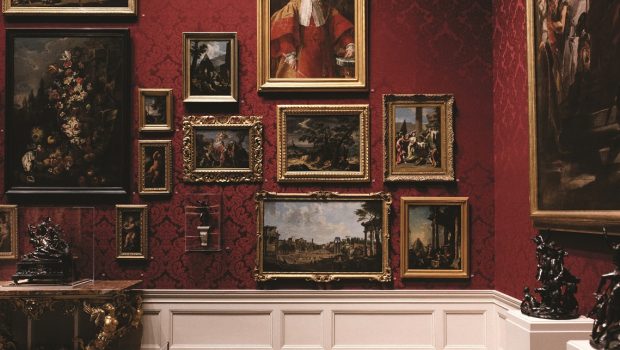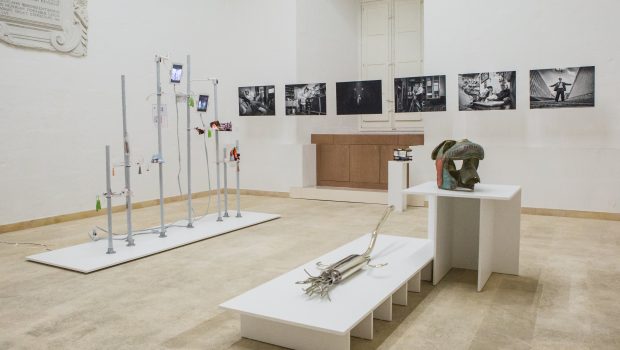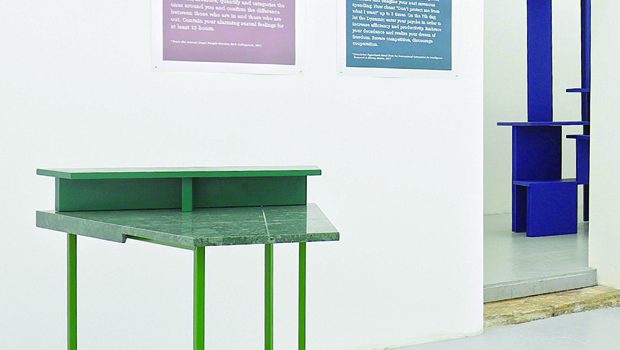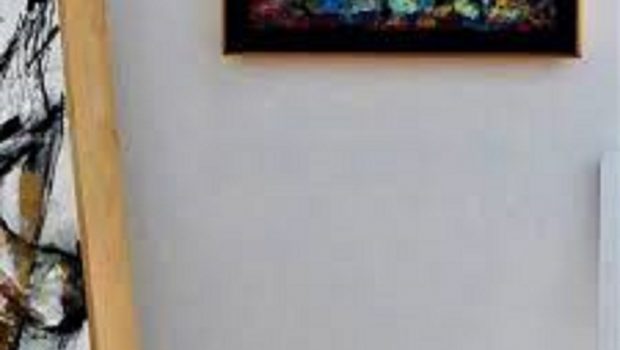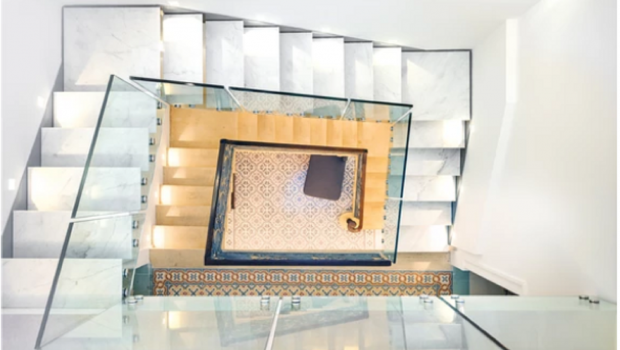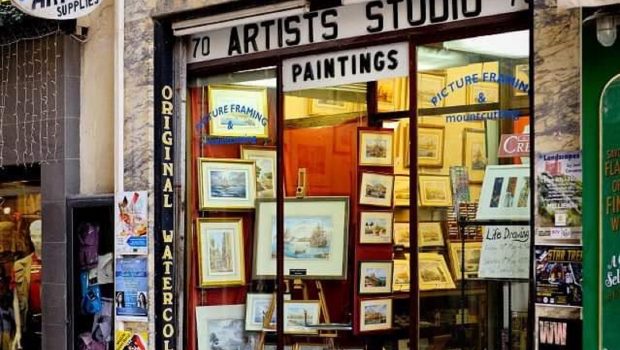An Enduring Mystery
The brooding, unknown message in Nicolas Poussin’s iconic painting, Et in Arcadia Ego. By Richard England
Nicolas Poussin, a French painter who spent most of his working life in Rome, is considered one of the major artists of the French Baroque – his work focused mainly on mythological and religious subjects. In Rome, he worked for important ecclesiastical patrons producing an impressive number of devotional paintings, enhanced by his knowledge of religious history and literature. Besides his sacral works, Greek and Roman mythological subjects were also among his favourite themes and personalities such as Bacchus, Romulus, Adonis, Apollo and Venus often featured in his works.

Perhaps his most famous paintings on a mythological theme were his two versions of Et in Arcadia Ego painted around 1630. It is the second painting housed at the Louvre that I count as one of my favourite artworks. The painting portrays shepherds in an Arcadian landscape visiting a tomb in a pastoral setting. Arcadia, in ancient Greece, was a rural milieu in which one could enjoy an idyllic life-style; a shepherd’s realm of poetry and paradisiacal delight. Arcadia is first referred to by Virgil in his Eclogues in a lyrical meditation on the Tomb of Daphnis, and over time Arcadia has also been interpreted as a surrogate locus for the lost Edenic garden.
In the painting, two of the shepherds investigate the inscription on the tomb, trying to decipher and understand its meaning. Their stance is balanced between seeking and finding, perhaps contemplating that ultimately it might be better not to find, for the depicted tomb does not reveal its secrets. It gives no answers and its message remains impossible to decipher. The question which comes to one’s mind is: why does the tomb have no name and only the mysterious inscription Et in Arcadia Ego? Do the words really conceal a secret encoded message, or are they just saying that even in Arcadia death is present and inevitable?
The whole painting, despite its elegiac pastoral setting harbours a strange brooding mood, hints at the point that even in the blissful ambiance of Arcadia human life is transient. In Poussin’s first painting of the subject, the tomb featured a skull effigy, while in the second version it is a shepherd cast shadow which according to some interpretations, is a scythe to make both the depicted shepherds and viewers of the picture aware of their own mortality. Another interesting detail is the cast shadow of the kneeling shepherd, who may well be etching his own name on the tomb, as if to evoke Pliny’s Greek tale of the daughter of the potter Butades, who etched the shadow of her lover on a wall and thus gave birth to the art of drawing.
While two of the shepherds focus their puzzled looks on the memento mori sarcophagus as if attempting to comprehend the passage of time and the inevitability of death, the third seems to have understood the message and looks back on the female figure on the right as if contemplating that she too will one day die. There have been many attempts to interpret this ambiguous painting including some esoteric, abstruse versions. One of these refers to rearranging the letters of Et in Arcadia Ego and have the anagram read as ‘I Tego Arcana Dei’ – I hold the hidden secrets of God – which somehow relates to the arcane stories and mysteries of Rennes le Chateau and its hidden treasure. Many believe that the phrase Et in Arcadia Ego is incomplete, lacking the verb sum. If sum is applied to the anagrammatic code, it can then be read as ‘Arcan Dei Tengo Iesu’ – I touched the tomb of God Jesus. However, these are conspiracy theories best not taken too seriously. What they do however demonstrate is the complexity and incomprehensibility of Poussin’s work. On a personal level, I find the painting one of the most intriguing works I have ever seen, leading me to ask whether it really harbours so many hidden mysteries or if it is just a message to remind us that wherever we are and whoever we are, death is an omnipresent finality.


